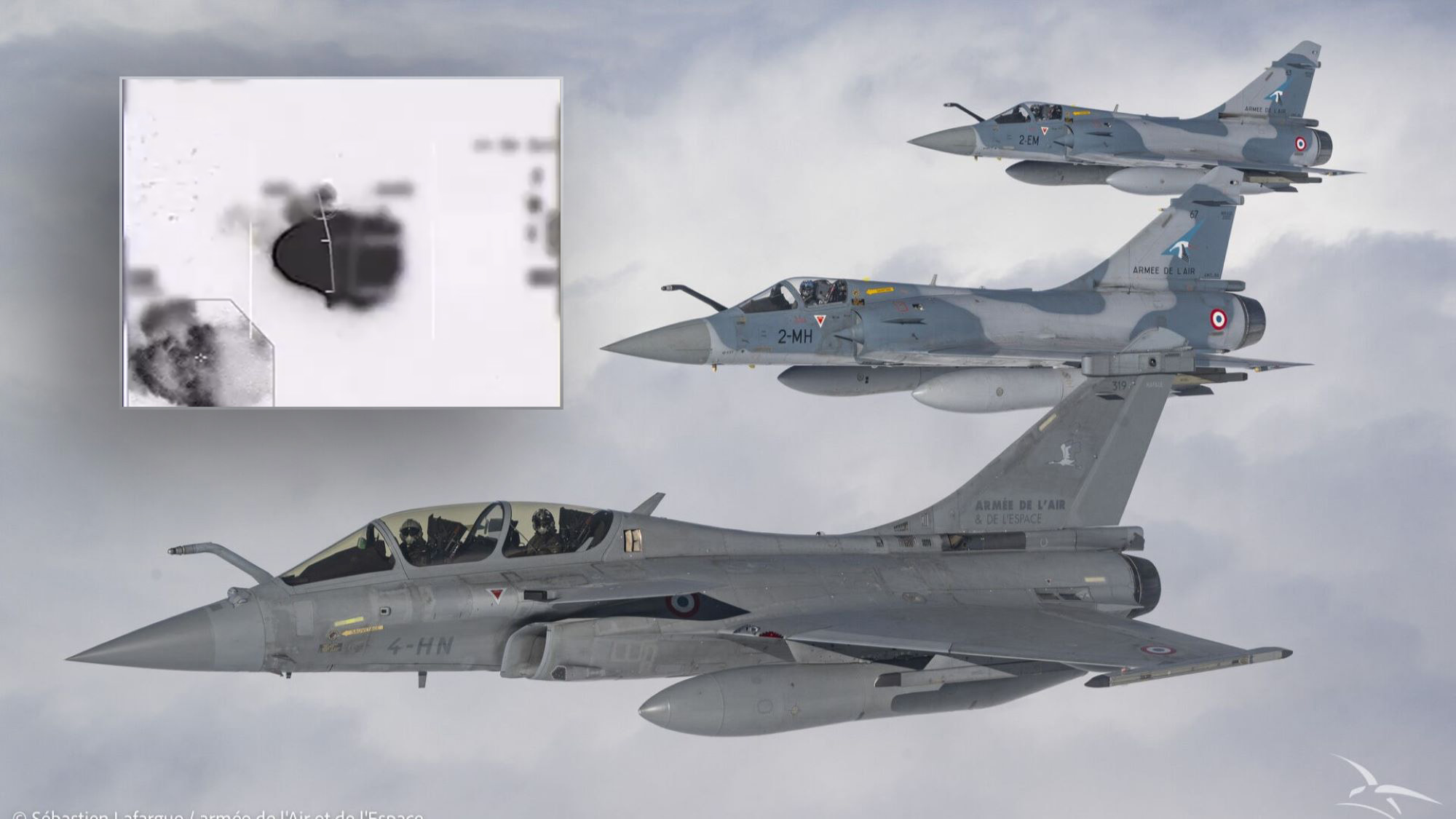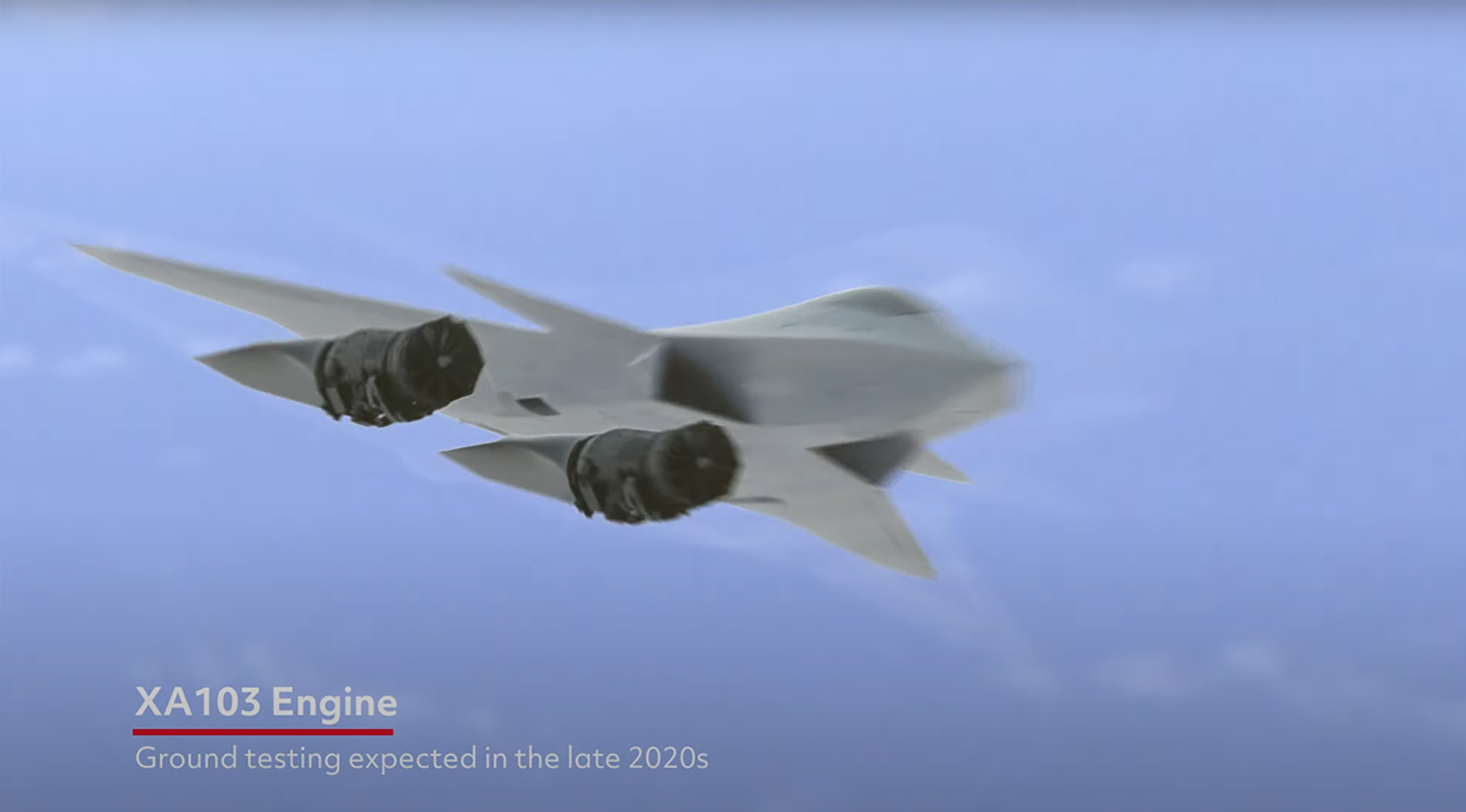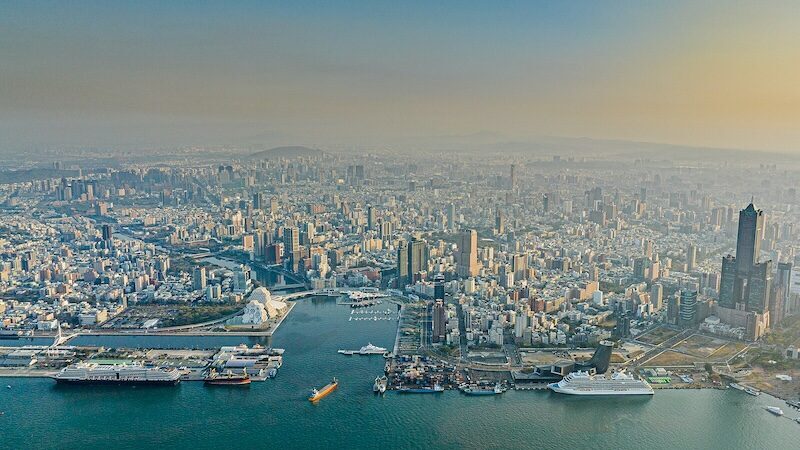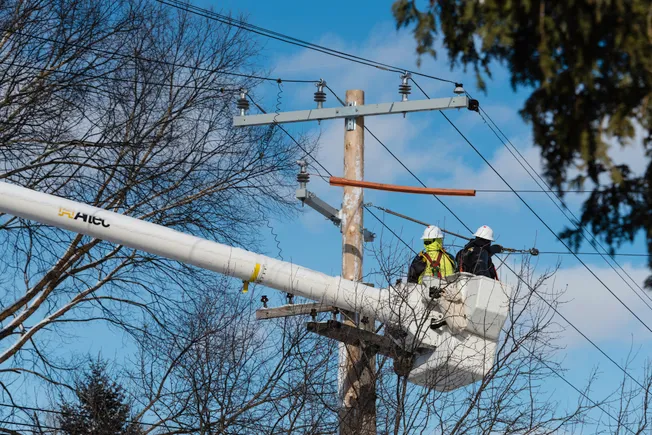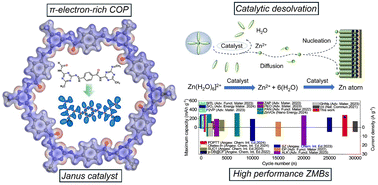New Mideast tensions fail to boost trans-Pacific container rates
Hostilities among Israel, Iran and the United States failed to disrupt most transportation markets as container rates fell in the eastbound trans-Pacific. The post New Mideast tensions fail to boost trans-Pacific container rates appeared first on FreightWaves.

Global energy markets and container shipping were rocked late last week as Israel and Iran continued to trade missile strikes, as well as by ongoing concerns over Tehran’s retaliation for U.S. bombings and the possible closure of the Strait of Hormuz.
While these scenarios held significant implications for oil markets and logistics, a tentative ceasefire between the U.S. and Iran has offered a degree of relief, potentially averting major disruptions.
Tanker flows through the Strait of Hormuz and operations at Dubai’s Port of Jebel Ali, busiest in the Persian Gulf, largely remained normal even during the conflict, as did activities at Israeli ports.
Iranian missiles did claim a number of Israeli fatalities in at least one location.
With the immediate Middle East crisis seemingly de-escalating, attention is now shifting back to the U.S. trade war and upcoming tariff expirations. Countries other than China that are subject to U.S. reciprocal tariffs have until July 9 to finalize agreements, or they could face increased duties.
Progress in negotiations with major trading partners like the European Union, Canada, and Vietnam remains limited, though a tentative agreement has been reached with the United Kingdom. President Donald Trump has indicated a willingness to apply tariffs unilaterally if deals aren’t met, though some administration officials suggest extensions for those negotiating in good faith.
In the China-U.S. trade imbroglio, a deal to maintain a 30% baseline on Chinese imports was anticipated, but details have been scarce. Despite this, the initial surge in demand following the May 12 tariff pause, ahead of the August 12 deadline for reduced U.S. tariffs, may be subsiding. Carriers, having increased trans-Pacific capacity by 13% since March, are now seeing container spot rates decline sharply, particularly to the West Coast.

SONAR’s Freightos Baltic Index showed Shanghai-Long Beach prices are back to late May levels at approximately $3,700 per forty foot equivalent unit (FEU), and East Coast rates have dropped from $7,200 to $6,300 per FEU.
While Asia-Europe rates saw a 6% increase last week to $3,100 per FEU, Asia-Mediterranean prices are down 9% to $4,400. Freightos research chief Judah Levine in a note said that these trends suggest that despite the onset of peak season demand and some capacity shifts, market conditions are not supporting mid-month rate increases, though prices remain significantly higher than at the end of May.
Find more articles by Stuart Chirls here.
Related coverage:
US maritime chief Sola steps down
Maersk stops Haifa service prior to Iran missile attacks
Tanker rates surge, Maersk still sailing through Strait of Hormuz
Solar to power half of Port Newark box terminal’s energy needs
The post New Mideast tensions fail to boost trans-Pacific container rates appeared first on FreightWaves.





































































































